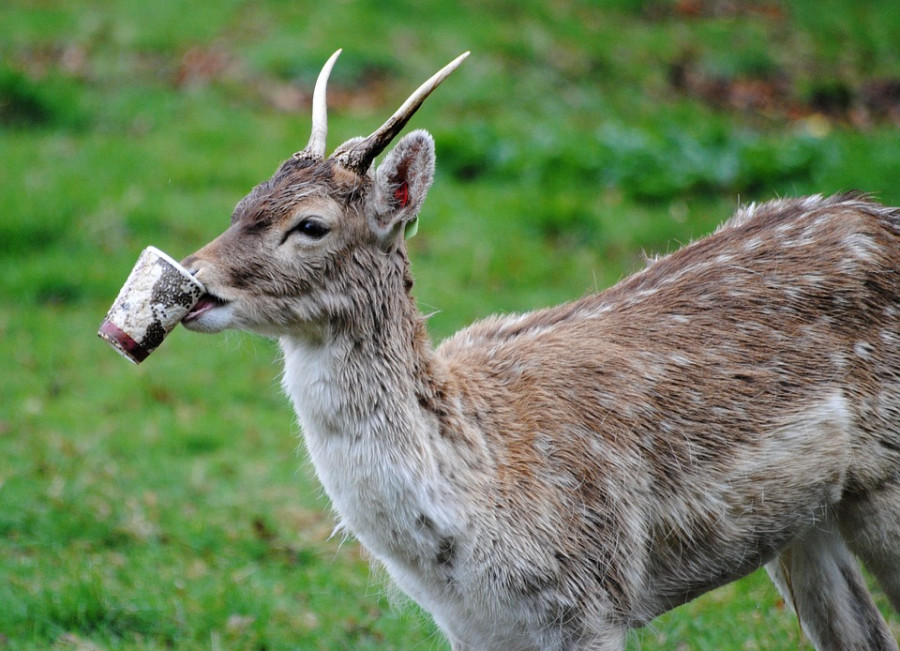Opinion
Human beings and wildlife
It is important for human beings to act as ecological partners rather than egoistic leaders.
Sushan Dhakal
Human beings and wildlife interact with each other in countless ways. These contacts have proven to be beneficial for people as they have exploited wild animals for food and fur for millennia, and more recently, for sporting and cultural events. There has been frequent conflict between the two too, which has resulted in negative impacts on both sides; and so implementing measures to curb them has been a major focus for the past few decades.
The conflict between human beings and wildlife is being seen as a widespread problem in contemporary society due to its unpredictability, intractability and essentiality. The issue encompasses a huge diversity of situations and species, from grain-eating rodents to the man-eating tigers. The outcomes of this conflict are profound loss of harvests, destruction of livestock, destruction of life and property, the transmission of disease to livestock and humans, limited access of people to natural resources, trophic cascades, destruction of wildlife habitats and the collapse of wildlife populations and reduction of their geographic ranges.
Human beings, who suffer more from these encounters, have ironically played the pivotal part in their cause. The burgeoning human population and its demand for settlement and development have led to the clearance of innumerable trees and vegetation that serve as the habitat of wildlife. The world’s tropical rainforests have been hit the hardest. An area the size of a football pitch is cleared in the Amazon rainforest every minute, with 55 million hectares of rainforest cleared for animal agriculture overall. This, combined with other factors like deluge, drought and competition between species, cause a scarcity of natural prey or food sources; and wild animals in search of alternative sources of energy eventually wind up in human settlements.
Competition for food resources also occurs when humans attempt to harvest natural resources such as fish and grassland pastures that serve as food for wildlife. Another cause of conflict comes from conservation biased towards flagship or game species that often threaten other species. All these factors have played an eminent role in human-wildlife conflict in the past few decades, and they still have not been addressed properly.
This brings the values of humanity to question: Are we doing enough to mitigate this conflict and come up with a way to coexist with wildlife that have equal rights to live in harmony and sufficiency? Being the only species with the superior power of intellect, we must implement and execute measures and technical approaches to strengthen and sustain the coexistence of wildlife and humans.
These are some of the technical approaches that can and have been executed to mitigate conflict. The species and resources can be physically separated by building enclosures and fencing resources, besides using repellents and alarms. The conflict-causing species can be prevented from approaching the resource by using electric collars and Global Positioning System. Habitats can be appropriately demarcated into different land zones to prioritise human or animal use, and vegetation in the hotspot areas can be mowed or burnt to reduce cover for wild animals. Synchronised breeding, more conscientious herding, guarding, enclosing stock, removing carcasses and avoiding conflict hotspots are other measures. Conflict-causing subjects can be controlled through lethal and non-lethal means (sterilisation) if their actions become unmanageable.
Reducing our own risk factors, for example, lowering vehicle speed to avoid collisions with animals and educating people about the ecology of the conflict-causing species and best techniques to reduce conflicts are possible actions. Economic incentives can be obtained through various ways to make better provisions for wild animals, for example, through ecotourism, wildlife-related employment, donations from benefactors and resource insurance. Natural barriers such as insects and complementary vegetation play a crucial role in minimising conflict. For example, farmers in Tanzania fence their resources with hot pepper containing capsaicin and bee fences as elephants have a strong aversion to them. Planting buffer crops or providing diversionary feeding for conflict-causing species to reduce consumption of important resources is another way.
Human beings and wildlife are two indispensable parts of the same ecosystem. If one goes down, the other cannot function either. Therefore, it is a matter of great concern for human beings to behave as ideal ecological members rather than egoistic leaders. They need to carry out development projects with minimal effect to wildlife and their habitats so that conflict between the two sides can be ameliorated and co-existence can be built up.
Dhakal is pursuing a Bachelor’s from the Agriculture and Forestry University, Chitwan




 12.12°C Kathmandu
12.12°C Kathmandu











